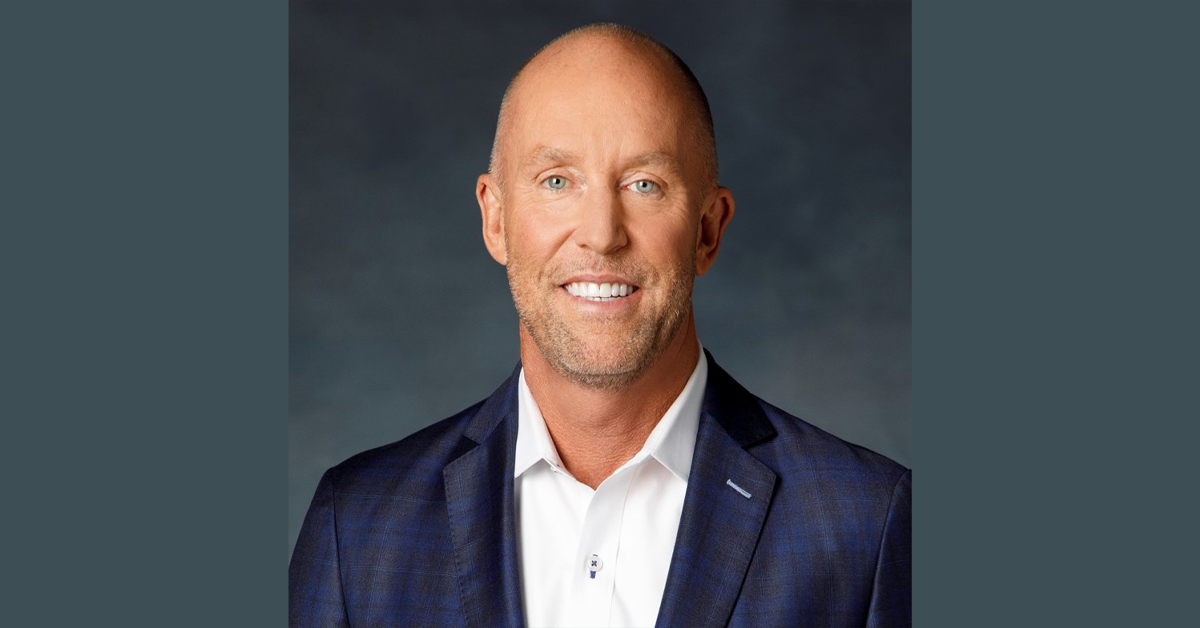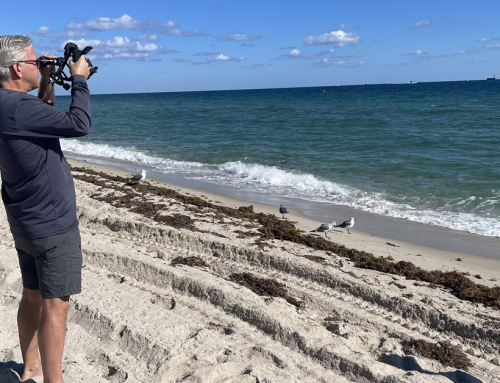Guests: Matt Cooper, Partner and President of Beacon Pointe Advisors.
In a Nutshell: “Inorganic growth” can be a bit of a misnomer. Yes, M&A will boost the buyer’s bottom line and client base. But that growth won’t be sustainable or repeatable through other acquisitions without sound organic growth strategies and an inspiring culture uniting every single level of each company.
On today’s show, Matt Cooper shares a rare behind-the-scenes look at Beacon Pointe’s approach to M&A, including how they identify potential partners, how they navigate the integration process, and how they maintain cultural alignment across a rapidly expanding organization. We also explore Beacon Point’s organic growth strategies and discuss how taking on a private equity investor has affected their operations and growth trajectory.
.Matt Cooper and I discuss:
- How ownership dynamics change for entrepreneurs when they take on private equity.
- Private equity expectations for owners.
- Where Matt and his team find motivation to keep excelling at such a high level.
- Why organic growth is a key feature of Matt’s M&A targets.
- Beacon Pointe’s process for integrating a new acquisition and how the firm’s culture continues to evolve.
- The factors that determine whether or not an acquisition is satisfactory and successful for all parties.
. Quotes:
Matt Cooper on the decision to take on private equity:
“We entered into our inorganic growth stage in roughly 2011. And we actually did it in a separate RIA within Beacon Point. I’m not sure everybody really thought what we were doing was going to be successful at the time, but we did eight or nine transactions in that acquisition vehicle. It got larger than our original business. And we had what we thought was perfect alignment between the two underlying RIAs. It started to get a little bit out of alignment, primarily because we were looking to make investments in the business and which P& L should pick up that expense and how are the cash flows going to flow and all of that kind of stuff. In addition to that, we had three somewhat older principals in a couple of the partner offices that wanted to take their equity off the table because they were entering their seventies and wanted to slow down a bit. We knew we were going to have to buy them out. We knew we had the underlying structural issues. Everybody was really growing quite nicely and we were excited about that. So we got everybody together, and we came out of that meeting unanimous that we’d merge the two underlying RIAs together and also bring in outside capital primarily for two reasons. One, to buy out those partners that needed to be bought out. But also our M& A activity had started to slow as we entered 2019 because we were doing all of our original deals with cashless equity swaps into that acquisition vehicle. And we were becoming uncompetitive because we needed to start using cash in deals. And so we needed to restructure our balance sheet and to start doing deals in a more traditional sense with more flexibility around cash and equity and everything else.”
Matt Cooper on what makes an attractive M&A target:
“It’s important that we can integrate quickly and we don’t have a drag in terms of systems and integrations and everything else. So we’ve spent a lot of time making sure that, on day one, we’re off and running from an operational standpoint in terms of systems and technology, and also from a growth standpoint, delivering value to existing clients, COIs, new prospects in the marketplace for driving the organic growth. The other thing is we’re really focused on is making sure that we’re getting involved with and merging with predominantly developed businesses that are staffed properly going forward. As opposed to these small shops, $2 to $300 million, one or two principals, a couple of support people, and they’re running at 70% margins, and they want to monetize that whole 70% margin as free cash flow, EBITDA in the business. Which is not really what’s going to happen. We’re going to have to staff up and everything else. So we want to avoid situations where we’re overpaying for businesses that aren’t really businesses. They’re just a book.”
Matt Cooper on corporate vs. local organic growth:
“The vast majority of organic growth is created at the ground level, locally, versus corporate. I think anybody else who tells you that they’ve really got it wired, I wouldn’t put much weight on that right now. I think it’s still at the local level. The key is finding people who are energized by social networking and all these things that drive business. That way you can just free them up and allow them to be very active in an area that they’re passionate about and they get energy from and supplement that with our efforts at the corporate level.”
Resources Related to This Episode
- Top RIA Leader on the Shifting Trends in the RIA Market On my Between Now and Success podcast, Matt and I discussed technology, demographics, minimum account sizes, competitive threats, and much more.
- Matt Crow on the RIA M&A Playbook and What’s Really Driving Deals Matt and I talked about how deal structures are evolving, why headline valuation multiples are often higher than final sale prices, the true success rate of M&A deals, and the wave of RIA consolidation.





